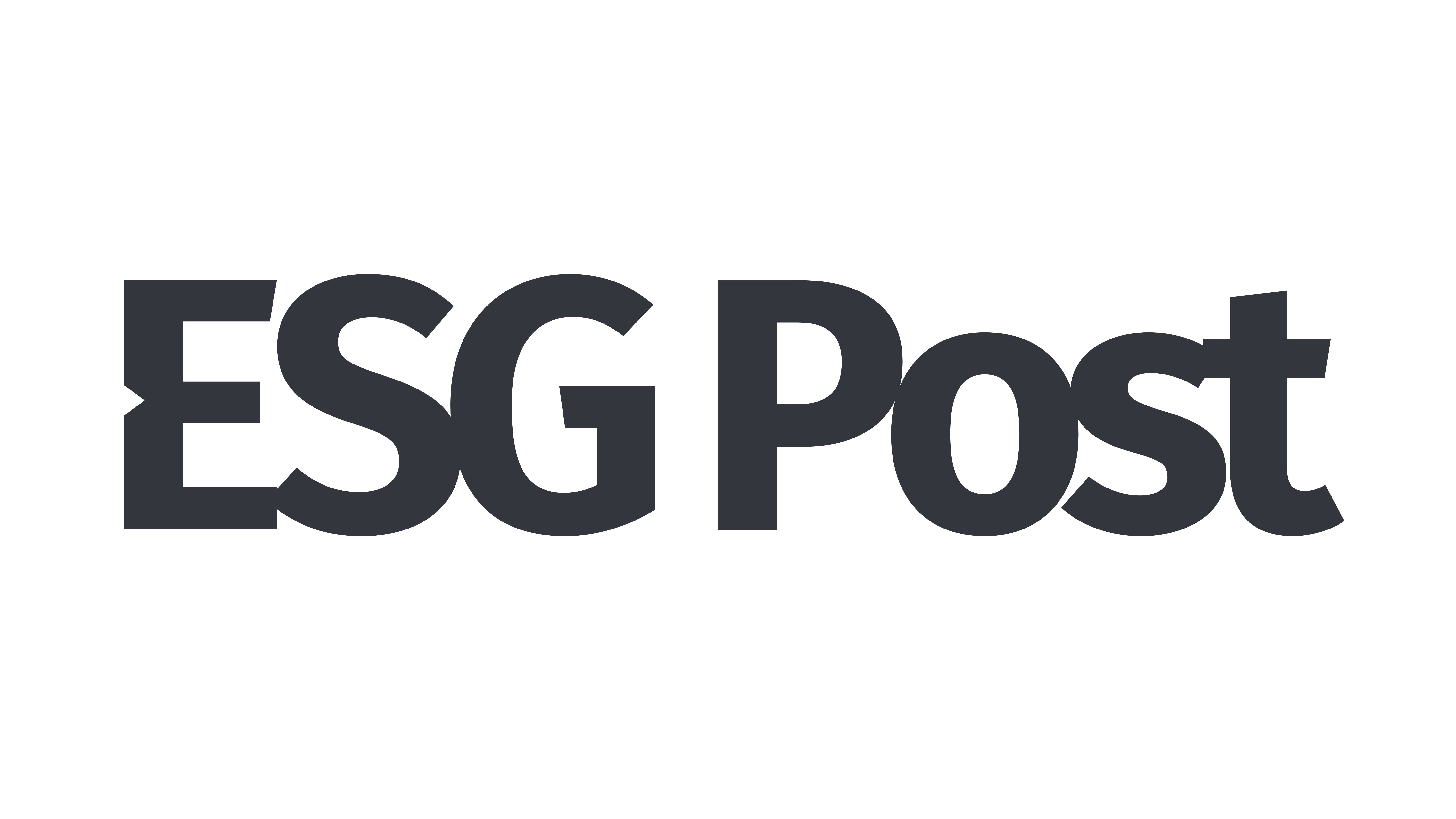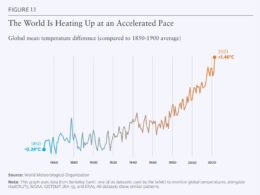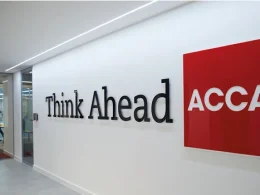At the 11th Asia Sustainability Reporting Awards (ASRA), UAE’s Sidara earned the Silver Award for Asia’s Best Sustainability Report (Private Company) — a recognition that celebrates the group’s commitment to transparency, impact, and sustainable reporting.
In this exclusive ESG Post interview, Adam Mactavish, Chair of the Sidara Sustainability Council and Director of Sustainability at Currie & Brown, reflects on how Sidara’s latest report evolved into a strategic communication tool connecting data, stakeholder insight, and real-world impact.
“For us, this isn’t just an award — it’s a reflection of our values and the standards we hold ourselves to,” says Mactavish.
Congratulations on winning at the 11th Asia Sustainability Reporting Awards. What does this recognition mean for your sustainability team and your organisation?
Winning silver at ASRA is a proud milestone for Sidara and a meaningful recognition of the dedication our sustainability teams across our group of companies bring to every aspect of our reporting.
For us, this isn’t just an award, it’s a reflection of our values and the standards we hold ourselves to. For the teams involved in shaping our annual report, it validates the countless hours spent refining data, engaging stakeholders, and crafting a report that is both transparent and impactful. For the wider organisation, it reinforces our position as a trusted partner in the energy transition and motivates us to continue leading by example in sustainability and innovation.
Sustainability reporting has evolved rapidly. How has your reporting approach matured over the past few years, and what were the biggest lessons from this journey?
Our reporting has matured from a compliance-driven exercise to a strategic communication tool that reflects our evolving sustainability priorities. In the early stages, our focus was on establishing robust data systems and aligning with global frameworks. Over time, we’ve embraced integrated thinking. This means connecting environmental, social, and governance (ESG) performance with business outcomes.
One of the most important developments last year has been our focus on clarity and relevance. Our stakeholders want to understand not just what we’re doing, but why it matters and how it drives long-term value. We completed a double materiality review that examined our stakeholder perspectives in detail. This gave us valuable insights and confidence that our programme was focussing on issues that are relevant to our markets.
The report also highlights our stakeholder engagement process and double materiality assessment, which demonstrate impact by showing how our sustainability efforts are shaped by real-world concerns. These sections reflect our commitment to being open about both our progress and our challenges, which we believe is essential for building trust.
The ASRA judges emphasise rigour, transparency, and impact. Which parts of your report do you feel best demonstrate these qualities?
We believe our climate disclosures, exemplify rigour and transparency. We’ve invested in engaging our global teams through our group wide reporting portal. This approach improves the quality of our data while also providing greater visibility and transparency and creating appetite for further improvement.
Could you walk us through the process of materiality assessment — and how you are now integrating double materiality or value-chain impacts into your reporting?
Our materiality assessment is a multi-layered process that combines feedback from internal and external stakeholders, industry benchmarking, and internal risk analysis. This year, we’ve taken a significant step forward by incorporating double materiality – evaluating not only how our operations impact society and the environment, but also how sustainability issues affect our business.
Our double materiality assessment highlighted the importance of value-chain impacts, particularly in areas like supply-chain emissions and client project outcomes. We are working to build these issues into our corporate approach prioritising issues that are both strategically significant and socially relevant.
How do you ensure data accuracy and credibility across complex topics such as GHG emissions, supply-chain sustainability, and human rights?
Ensuring data integrity starts with strong governance. We’ve established internal controls, cross-functional review processes, and external assurance for key metrics like GHG emissions.
Supplier and human rights due diligence is embedded into our procurement and project delivery frameworks, supported by training and stakeholder engagement. By combining technology, expertise, and accountability, we’re able to maintain high standards of credibility across diverse and complex topics.
What new sustainability frameworks (for example, ISSB or TNFD) are you preparing to align with, and what challenges or opportunities do they bring?
We’re actively preparing to align with the ISSB standards building on our double materiality review. TNFD is also a priority, as nature-related risks become increasingly material to our operations and projects. These frameworks bring both challenges and opportunities: they require deeper integration of sustainability into financial and strategic planning, but they also offer a clearer roadmap for communicating value creation. We see them as catalysts for innovation that sharpen our focus and elevate our impact.
Reporting aside, which sustainability initiative or achievement from the past year are you personally most proud of?
One initiative that stands out is our decarbonisation roadmap. It’s a comprehensive plan that goes beyond emissions reduction. It’s about embedding sustainability into our culture, operations, and decision-making.
We’ve seen real engagement from teams across the business, from energy efficiency upgrades to low-carbon design practices. What makes me proud is the sense of ownership and momentum, it’s no longer just a sustainability council effort, but a company-wide movement. I recently participated in our internal innovation ideas review meeting and it was inspiring to see the wide range research proposals developed by passionate professionals determined to make a difference.
How do you engage internal teams and business units in the sustainability agenda so that reporting reflects genuine performance, not just compliance?
We’ve worked hard to make sustainability a shared responsibility across Sidara. Through targeted training, leadership engagement, and cross-functional collaboration, we’ve built a culture where sustainability is embedded in everyday decision-making.
Our reporting reflects this shift. It captures real actions and outcomes, not just policies or intentions. We also use internal dashboards and performance reviews to track progress, ensuring that sustainability metrics are visible and meaningful to all teams.
Many companies are still struggling to link sustainability KPIs with business results. How has your organisation made that connection visible in its strategy and disclosures?
We’ve made a deliberate effort to integrate sustainability KPIs into our strategic planning and performance management systems. For example, energy efficiency targets are linked to operational cost savings, and emissions reductions are tied to risk mitigation and client value. In our disclosures, we highlight these connections through case studies and impact metrics, showing how sustainability drives tangible business outcomes. This approach helps stakeholders see sustainability not as a cost, but as a source of resilience and growth.
Finally, what advice would you give to other sustainability professionals aspiring to reach ASRA-winning standards in their reports?
Focus on authenticity and clarity. A great sustainability report doesn’t just showcase achievements, it tells a story of progress, challenges, and ambition. Be transparent about where you are and where you’re headed. Engage your internal teams early and often, and make sure your report reflects the lived reality of your organisation.
Most importantly, use the report as a tool for learning and improvement. Not just for external recognition, but for driving meaningful change.





















